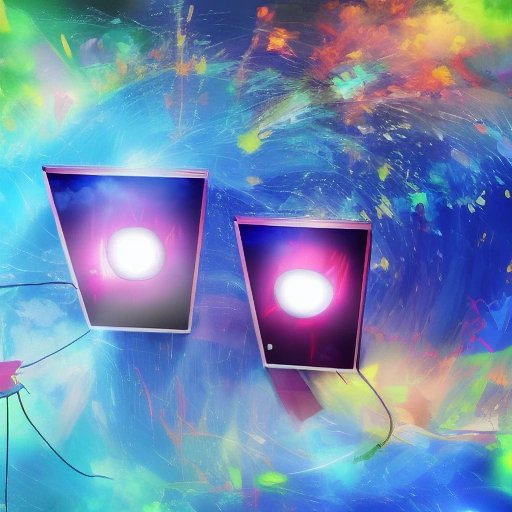NTSC and PAL-M: The Romeo and Juliet of the Video World
It's a tale as old as time, passed down through the generations: two star-crossed lovers from opposite worlds, their passion forbidden by the very forces that govern their existence. In Shakespeare's masterpiece, Romeo and Juliet were the tragic figures caught in the crossfire of a bitter family feud; in the world of video, the doomed lovers take on the form of two rival broadcasting standards: NTSC and PAL-M.
At first glance, it might seem like an odd comparison. What could a pair of 20th-century video encoding systems possibly have in common with the Bard's most famous drama? But the truth is, there are more similarities between NTSC and PAL-M and the story of Romeo and Juliet than you might think.
For starters, let's take a closer look at the star-crossed lovers themselves. In Romeo and Juliet, the two young protagonists come from opposing families: the Montagues and the Capulets. They're sworn enemies, locked in a bitter feud that's lasted for generations. Similarly, NTSC and PAL-M are encoding systems that were developed in two different parts of the world. NTSC comes from North America, while PAL-M was born in South America. They're like two warring tribes, each convinced that their way is the right way.
And of course, there's the matter of love. For Romeo and Juliet, it's a passionate, all-consuming thing that binds them together despite the odds. For NTSC and PAL-M, it's the love of transmitting video signals that unites them. Sure, they might have different ways of doing things, but at the end of the day, they both share a common goal: to deliver high-quality video to viewers around the world.
But as with any great love story, there are obstacles in the way. In Romeo and Juliet, it's the bloody feud between their families that threatens to tear them apart. In the world of video, it's the compatibility issues between NTSC and PAL-M that cause problems. You see, these two standards use different methods to encode video signals, which can lead to issues when trying to play them on different devices.
That's not to say that NTSC and PAL-M don't try to make it work. Just like with Romeo and Juliet, there are moments of hope and optimism. For example, there are devices that can convert NTSC signals into PAL-M signals (and vice versa), allowing viewers to watch videos from different parts of the world on their TVs or computers. But even with these workarounds, there's always the risk that something will go wrong. It's like the famous balcony scene in Romeo and Juliet, where the two lovers finally find a moment of happiness – only to have it snatched away by fate.
So what can we learn from the tragic tale of NTSC and PAL-M? Perhaps it's that love really does conquer all – even in the world of video encoding. Sure, there might be challenges and obstacles along the way, but as long as there's a shared passion and a willingness to make it work, anything is possible.
And who knows? Maybe one day, like Romeo and Juliet, NTSC and PAL-M will find a way to come together and end their long-standing feud. Maybe they'll invent a new encoding standard that combines the best of both worlds, or maybe they'll find a way to overcome their differences and work together to deliver the best video experience possible.
Until then, we'll just have to make do with the occasional converter and hope for the best. Who knows – maybe someday we'll look back on the feud between NTSC and PAL-M as a quaint relic of a bygone era, like the Capulets and Montagues of Verona. Until then, let's keep watching and waiting – and maybe shed a tear for the star-crossed lovers of the video world.


